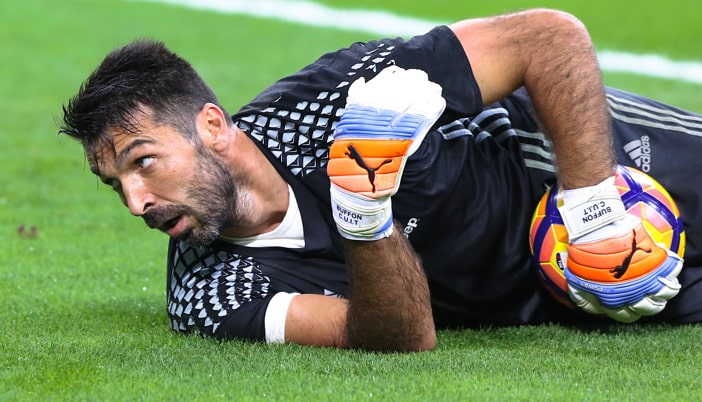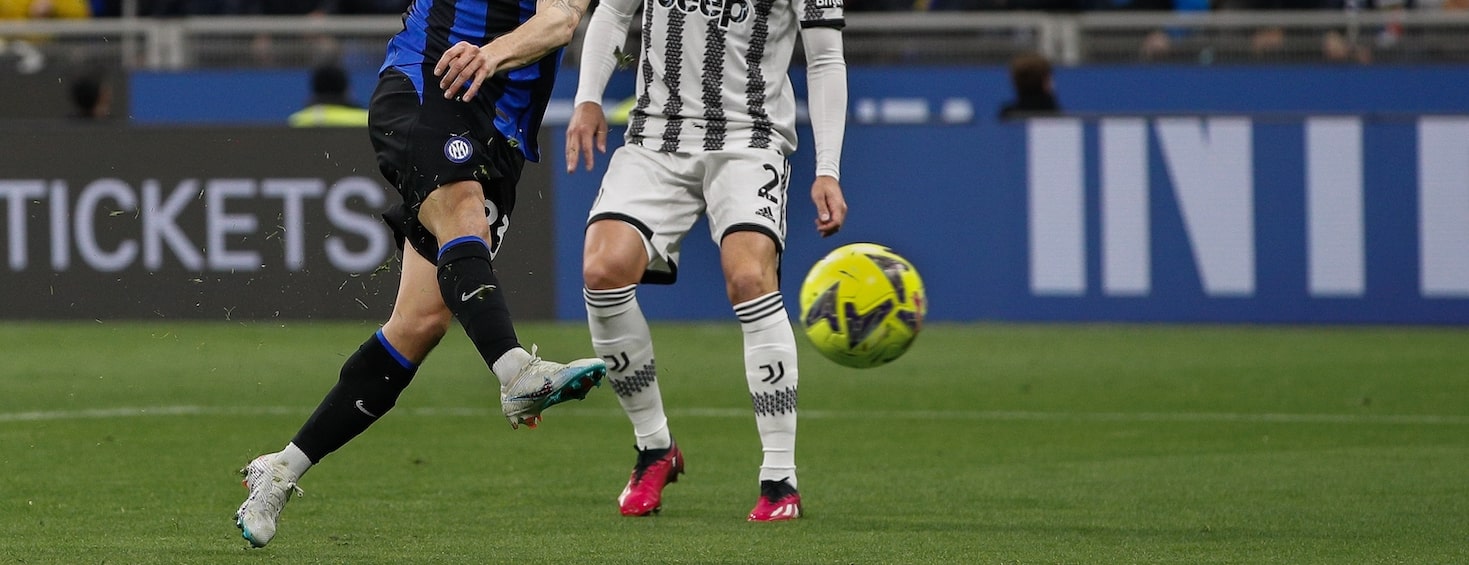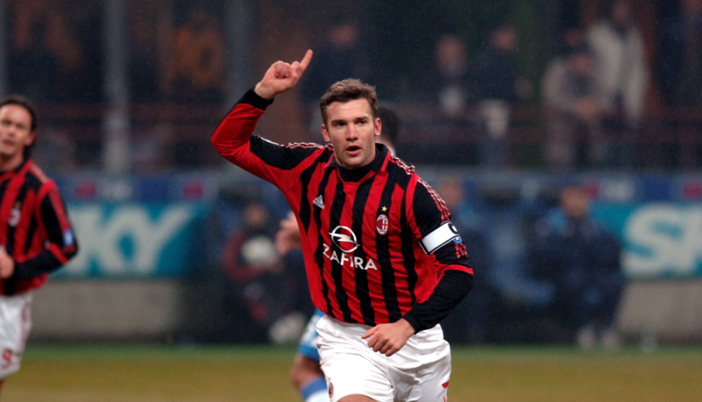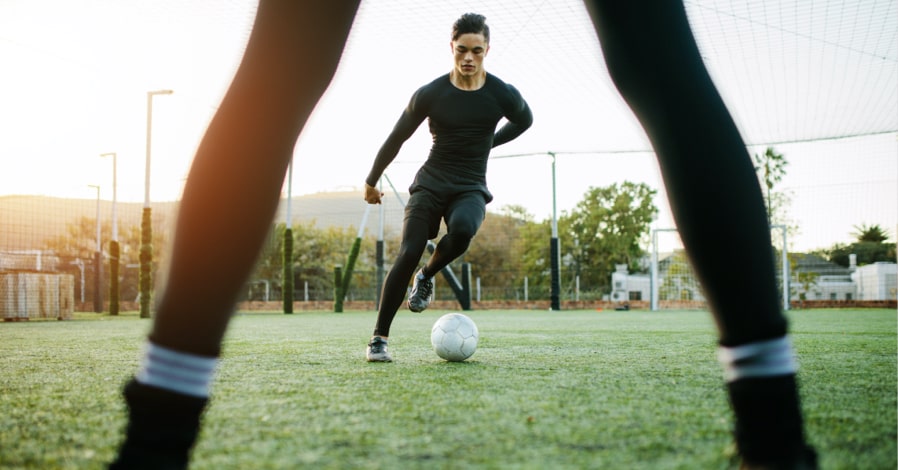A proficient right back can significantly impact a team's performance, making it a position of great importance. In this comprehensive guide, we will delve deep into the intricacies of the right back position, covering a wide range of topics from defensive responsibilities to attacking contributions. Whether you're a player looking to refine your skills or a coach seeking to nurture talent, this article will provide valuable insights to help you excel in this vital position.
Understanding the Role of a Right Back
To excel as a right back, it's imperative to grasp the multifaceted nature of the position. Defensively, the right back is tasked with critical responsibilities such as marking and tracking opposition wingers, intercepting passes, and providing cover for the center-backs. This requires keen spatial awareness, impeccable timing, and a knack for reading the game.
Tactical acumen is equally vital. A right back must maintain the defensive line, ensuring it remains compact and well-organized. Furthermore, effective communication with both the midfield and the backline is essential for seamless coordination and defensive solidarity.
Physical attributes also play a significant role in a right back's performance. Speed and agility are paramount for keeping pace with opposition wingers and executing overlapping runs in the attack. Additionally, a right back needs strength and stamina to endure the physical demands of the game, especially during high-intensity situations.
Defensive Techniques and Strategies
One of the key aspects of excelling as a right back is mastering various defensive techniques and strategies. This includes understanding the merits of man-marking versus zonal marking. While man-marking involves tracking a specific opponent, zonal marking focuses on defending a designated area. Knowing when to employ each approach is crucial for thwarting opposition attacks effectively.
Additionally, timing and positioning are pivotal in a right back's defensive repertoire. Anticipating an opponent's movements allows for timely interceptions and crucial tackles. Furthermore, the adept use of the offside trap can catch opposition players off guard, providing a strategic advantage for the defensive line.
Tackling is a fundamental skill for any defender, and a right back is no exception. Choosing between sliding tackles and standing tackles depends on the situation. Knowing when to go to ground and when to stay on your feet is a hallmark of a skilled right back.
Aerial duels and heading ability are equally vital components of a right back's defensive toolkit. Even if not the tallest player on the field, a right back must learn to effectively challenge and win aerial battles against taller opponents. Additionally, directing headers accurately to teammates is crucial for maintaining possession and launching counter-attacks.


Improve Your GameJust 1.99 p/m
Exclusive drills and sessions, get involved today!
- 100’s of Drills
- Coach to Camera Videos
- Sessions from Pro’s
- Industry Leading Advice
Offensive Contributions of a Right Back
While the right back's primary role is defensive, their contributions in the attack should not be underestimated. A well-rounded right back can serve as an additional attacking outlet, providing width to the team's play and creating goal-scoring opportunities.
One of the most potent offensive weapons in a right back's arsenal is the overlapping run. This strategic move involves pushing forward to support the midfield and forwards, creating numerical advantages in the attack. By timing these runs to coincide with the winger's movement, the right back can stretch the opposition's defense and deliver dangerous crosses into the box.
Crossing techniques are paramount for a right back's attacking effectiveness. Understanding when to employ instep crosses, whip crosses, or cut-backs is essential for delivering accurate and dangerous balls into the penalty area. Moreover, mastering the art of judging the right moment to release the cross can make the difference between a routine clearance and a goal-scoring opportunity.
Linking up with midfielders and wingers is another crucial aspect of a right back's attacking role. By providing options for passes in the attacking third, a right back can help maintain possession and build sustained pressure. Effective combination play with teammates, especially the winger, can lead to intricate attacking moves and create goal-scoring chances.
Shooting opportunities may not be as frequent for a right back as they are for forwards, but they are nonetheless important. Knowing when to join the attack and having a proficient striking technique for long-range shots can catch opponents off guard and add an unexpected dimension to the team's offensive play.
Set pieces and dead-ball situations offer additional avenues for a right back to contribute to the attack. Taking corner kicks and free-kicks requires precision and technique. A right back's ability to deliver dangerous set pieces can lead to scoring opportunities and give the team an edge in critical moments of the game.
Developing Skills for the Right Back Position
Becoming a proficient right back requires dedicated training and a commitment to honing specific skills. Individual drills and exercises play a crucial role in this development process. Agility drills, designed to enhance movement and change of direction, are particularly beneficial for a right back looking to excel in both defensive and offensive situations.
Tackling drills should also feature prominently in a right back's training regimen. These exercises help refine tackling technique, improve timing, and develop the ability to dispossess opponents effectively. Whether it's a well-timed slide tackle or a perfectly executed standing tackle, these skills are essential for a right back's defensive capabilities.
Tactical awareness is another area that can be developed through specialized training. Simulated game situations and positional exercises can help a right back improve decision-making, spatial awareness, and communication with teammates. This type of training is invaluable for a right back looking to excel in high-pressure situations during actual matches.
Strength and conditioning are integral components of a right back's development. Tailored fitness routines that focus on speed, endurance, and strength are essential for meeting the physical demands of the position. By developing these attributes, a right back can maintain a high level of performance throughout the entirety of a match.
Case Studies of Legendary Right Backs
Examining the careers of legendary right backs can offer valuable insights into what it takes to excel in this position. Three iconic players serve as prime examples of excellence in the right back role:
Cafu: The Brazilian Maestro
Cafu, the Brazilian legend, is widely regarded as one of the greatest right backs in the history of soccer. Known for his exceptional defensive skills and marauding runs down the flank, Cafu was a force to be reckoned with on the pitch. His ability to seamlessly transition from defense to attack and deliver pinpoint crosses made him a game-changer for both club and country.
One of Cafu's standout attributes was his defensive discipline. His impeccable man-marking and precise tackling ensured that he nullified the threat posed by some of the world's best wingers. Additionally, Cafu's exceptional fitness levels allowed him to contribute effectively in both halves of the pitch, making him a true two-way player.
Furthermore, Cafu's communication skills and understanding of the game were second to none. He had an innate ability to read the flow of play and make split-second decisions, whether it was to launch a counter-attack or provide cover for his fellow defenders. This tactical intelligence was a key factor in his success as a right back.
Philipp Lahm: The German Precision
Philipp Lahm, a stalwart of the German national team and Bayern Munich, is celebrated for his versatility, intelligence, and technical proficiency. While Lahm was capable of playing in various positions, it was at right back that he truly shone. His precision in both defensive and offensive phases of the game set him apart as a true maestro in his role.
Lahm's tactical awareness was exceptional. His ability to read the game and position himself effectively made him a reliable presence in the backline. Additionally, his communication with teammates ensured that defensive lines remained compact and well-organized, making it difficult for opponents to break through.
What truly set Lahm apart was his technical proficiency. His precise passing and exceptional ball control allowed him to seamlessly link up with midfielders and initiate attacks. Lahm's overlapping runs and precise crosses were a constant threat to opposition defenses, and his ability to contribute to the attack while maintaining defensive discipline was a hallmark of his playing style.
Dani Alves: The Creative Force
Dani Alves, a Brazilian dynamo, revolutionized the role of the modern right back with his attacking flair and creative style of play. Alves was not only a defensive stalwart but also a potent force in the attack, providing a level of creativity and unpredictability that was rare for a player in his position.
Alves' offensive contributions were truly exceptional. His overlapping runs and intricate dribbling skills made him a nightmare for opposing defenders to deal with. His ability to deliver precise crosses from advanced positions created numerous goal-scoring opportunities for his teammates.
Furthermore, Alves was known for his exceptional work rate and boundless energy. His tireless runs up and down the right flank allowed him to be a constant presence in both the defensive and offensive phases of the game. This relentless work ethic was a testament to his commitment to the team's success.
In conclusion, the right back position in soccer is a multifaceted role that demands a unique skill set encompassing defensive expertise, tactical intelligence, and attacking prowess. By understanding the responsibilities, techniques, and strategies involved, players and coaches can elevate their game and excel in this vital position. Remember, mastering the right back position is not just about individual skill, but also about being a key component of the team's overall strategy. With dedication, training, and a keen understanding of the position, anyone can thrive as a right back in the beautiful game of soccer.




Giedrius Kudzinskas
Rethinking soccer coaching via our industry leading tools. Built to offer effective coaching development solutions for players and coaches of all levels.